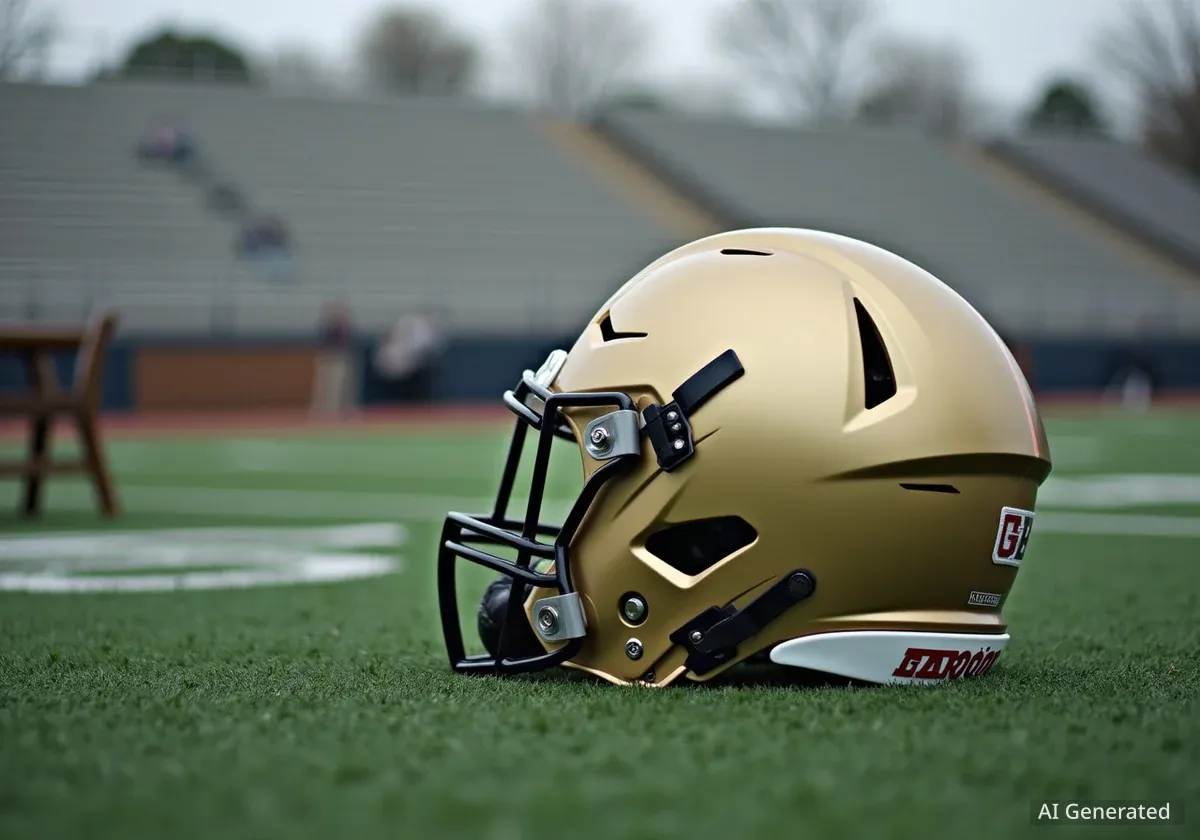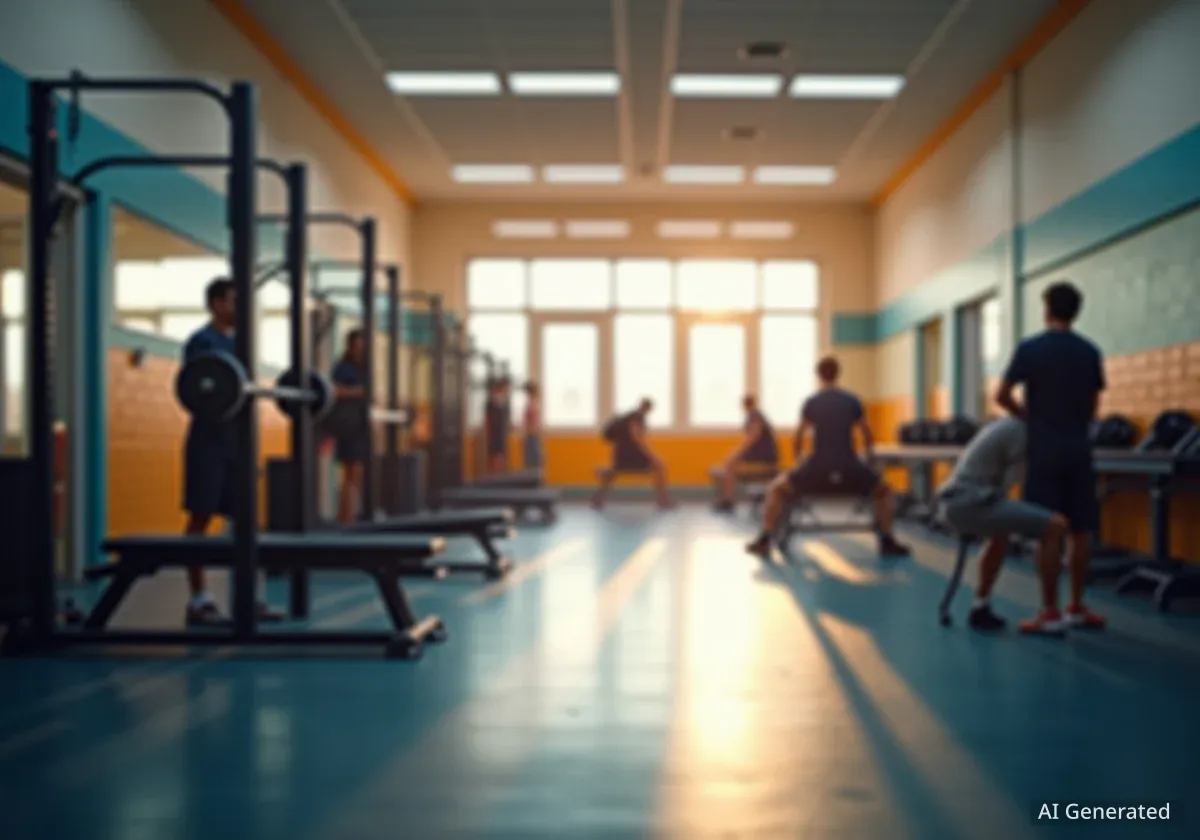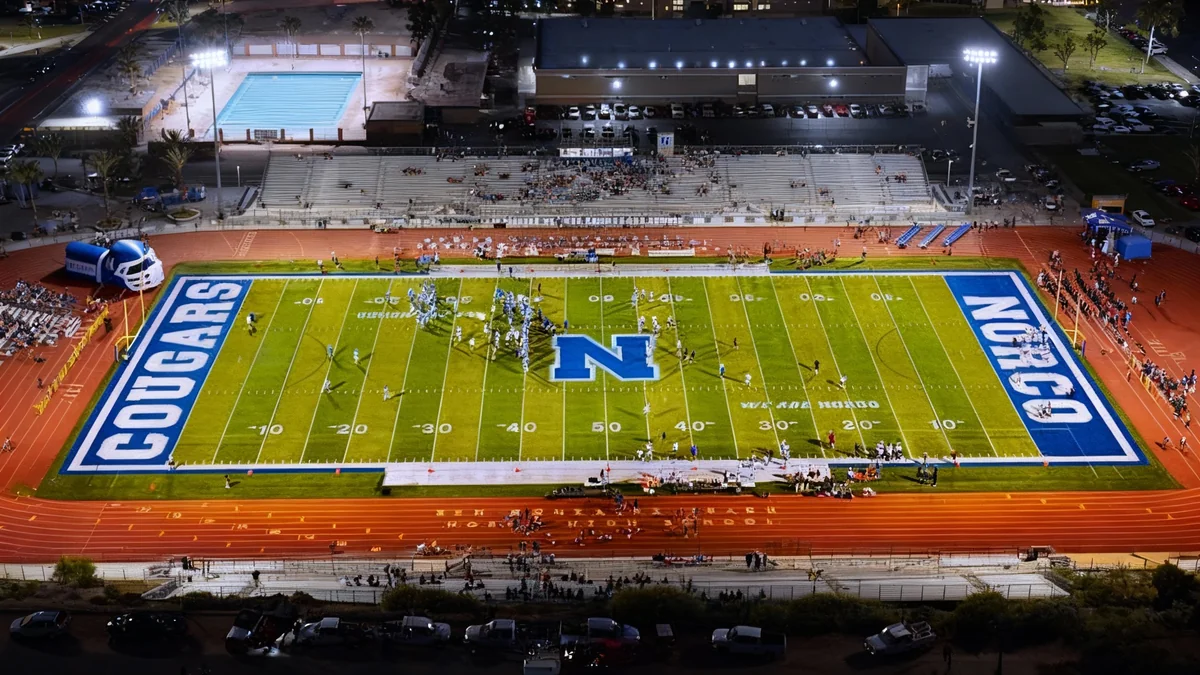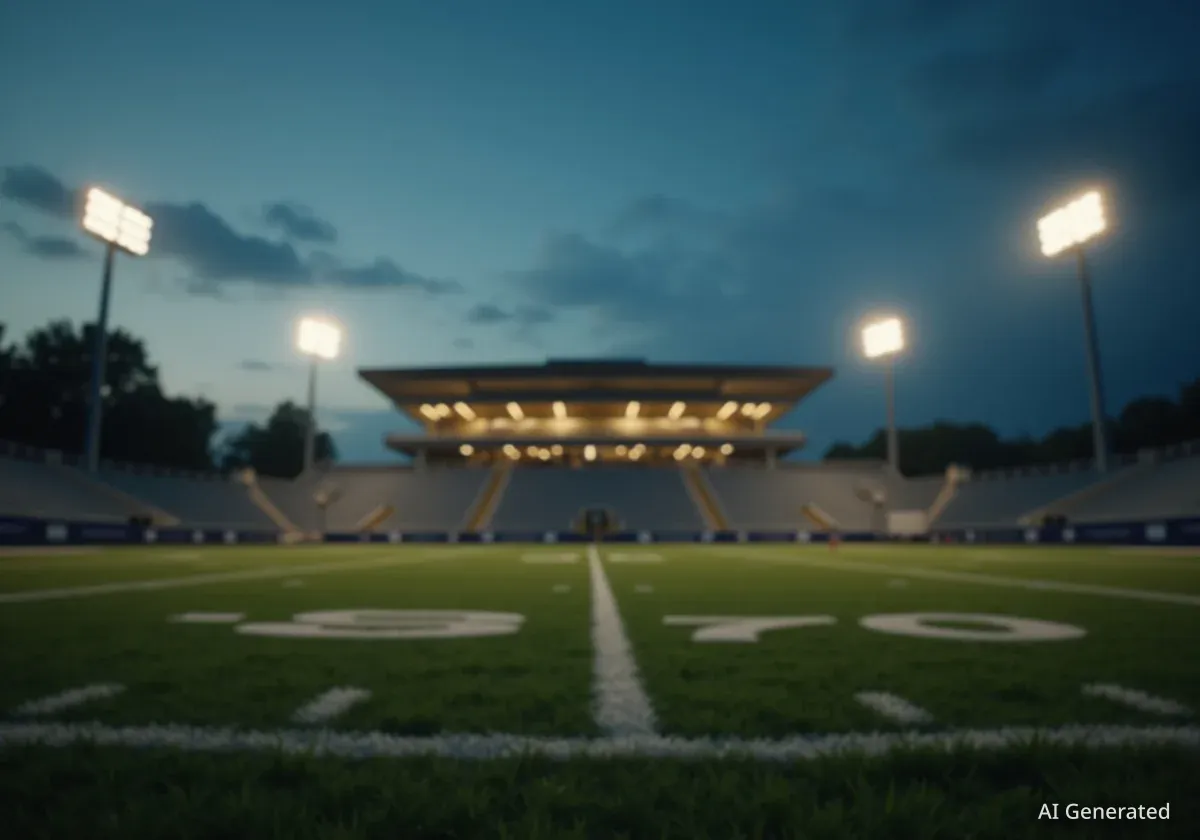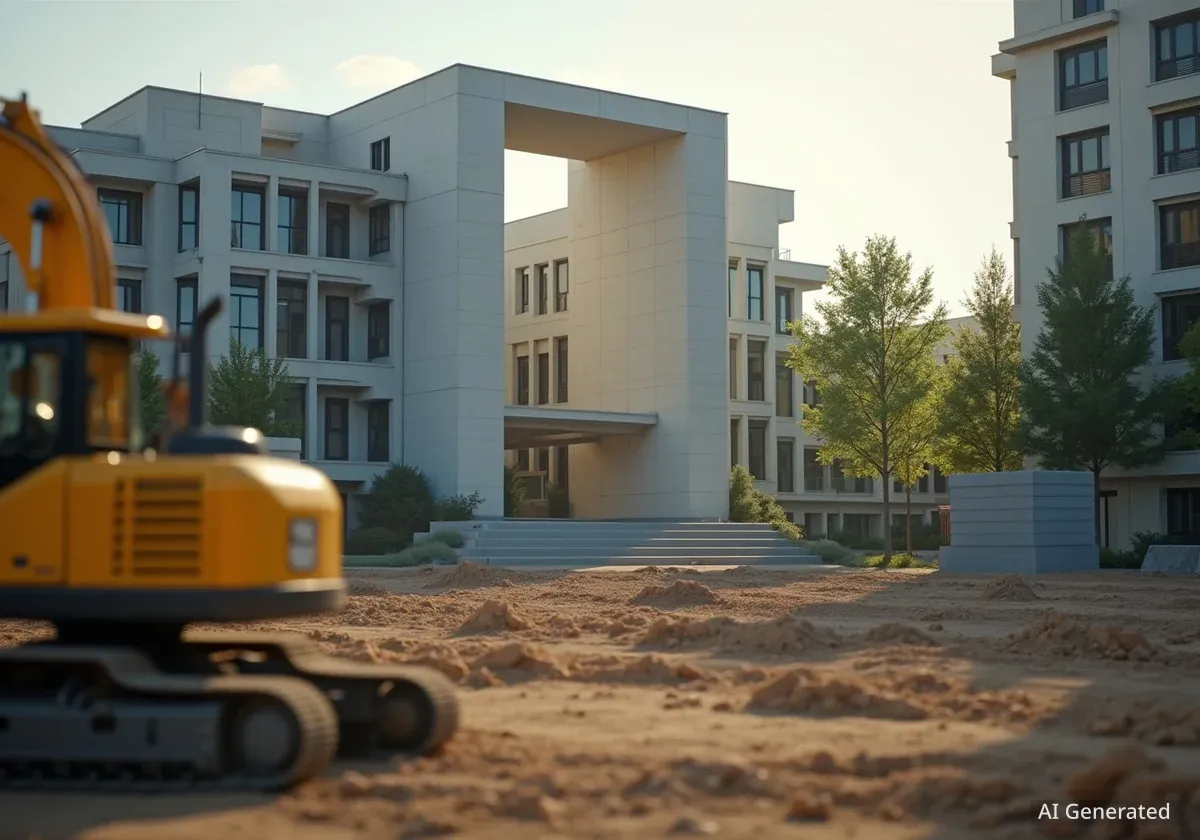A Franklin County judge has temporarily lifted the Ohio High School Athletic Association (OHSAA) ban on high school student-athletes earning money from their name, image, and likeness (NIL). This ruling means Ohio high school athletes can now explore endorsement and sponsorship opportunities, a significant shift in state policy.
The decision follows a lawsuit filed on behalf of Jamier Brown, a talented wide receiver from the Dayton area. Brown, who has committed to Ohio State for the 2027 season, argued that the OHSAA's restrictions were unconstitutional and caused him to miss out on substantial financial opportunities.
Key Takeaways
- A Franklin County judge issued a temporary restraining order against the OHSAA's NIL ban.
- Ohio high school athletes can now legally pursue Name, Image, and Likeness deals.
- The lawsuit, filed by athlete Jamier Brown, cited constitutional rights violations and lost financial opportunities.
- Brown's attorney claims he lost over $100,000 in potential NIL deals.
- Ohio was one of only six states still restricting high school NIL rights.
- A preliminary injunction hearing is set for December 15 to determine the order's future.
Court Halts OHSAA's Longstanding Policy
Franklin County Common Pleas Judge Jaiza Paige issued the temporary restraining order on Monday. Her ruling prevents the OHSAA from enforcing Section 4-10-1 of its bylaws, which previously prohibited athletes from profiting from their NIL.
Judge Paige found the arguments regarding equal protection and due course of law to be very compelling. She highlighted that students not associated with the OHSAA, or those in 44 other states, already have NIL opportunities. This disparity created an unfair situation for Ohio's high school athletes.
The judge specifically cited potential irreparable harm to Brown's future, calling the OHSAA's policy outdated. This temporary order aligns Ohio with the majority of other states across the country that permit high school NIL activities.
What is NIL?
NIL stands for Name, Image, and Likeness. It refers to the ability of student-athletes to earn compensation by commercializing their personal brand. This can include endorsement deals, appearances, social media promotions, and selling merchandise.
The concept gained prominence with college athletes in 2021, and has since expanded to high school sports in many states, allowing young athletes to benefit from their athletic and personal brands.
The Athlete's Perspective and Lost Opportunities
Jamier Brown and his attorney, Luke Fedlam, argued that the OHSAA's restrictions directly impacted Brown's career and financial well-being. Fedlam, a corporate attorney and sports law advisor, stated that Brown had missed out on more than $100,000 in NIL deals due to the ban.
"These are unique and unrecoverable harms to JB’s career, his reputation, and his constitutional rights," Fedlam said during the court hearing. "When a student-athlete misses out on a six-figure opportunity, it’s a direct impact to the family."
Brown himself expressed his desire to leverage NIL opportunities. In a recent Instagram post, he explained his motivation: "Like what's allowed in other states, I want to be able to use my name, image, and likeness to help my family financially and get the extra after-school academic help and football training that can help me maximize my potential. NIL can make that possible for me and many other student-athletes in Ohio."
Ohio's Unique Position
- Before this ruling, Ohio was one of only six states in the U.S. that still limited NIL rights for high school athletes.
- This placed Ohio athletes at a disadvantage compared to their peers in 44 other states.
Arguments Against the Ban
Fedlam contended that allowing NIL for high school athletes does not threaten the integrity of the sport or schools. He called the OHSAA's rule "arbitrary and inconsistent."
The lawsuit also highlighted that the NIL prohibition violates Ohio Anti-Trust Laws, specifically the Valentine Act. According to Fedlam, this ban forecloses an entire market for NIL services within Ohio, acting as an unlawful restraint on trade. This prevents free and fair economic competition, harming both athletes and local businesses.
The core argument was that athletes like Brown faced immediate and non-compensable harm due to lost NIL opportunities, driven by factors like timing, visibility, and the athletic season.
The Path Forward for Ohio Athletes
While the temporary restraining order is a significant victory, the future of NIL in Ohio remains uncertain. The order allows all Ohio high school athletes to legally explore NIL deals for now.
A crucial preliminary injunction hearing is scheduled for December 15 in Franklin County. This hearing will determine whether the temporary restraining order remains in place throughout the duration of the lawsuit. State law requires this hearing to occur within 45 days of Monday's decision.
The OHSAA had previously anticipated the judge's ruling. The organization stated it would issue further guidance to schools this week. The OHSAA recently approved updated NIL language, which is expected to go to a full member school vote soon. However, until that vote, or a more permanent court decision, the temporary order holds sway.
Previous NIL Attempt
In 2022, OHSAA member schools rejected the first NIL proposal. The vote was 538 to 254 against allowing NIL. The annual referendum voting period for new proposals is typically held from May 1 to May 15.
Fedlam also warned that without these changes, Ohio could face an exodus of top athletic talent. Student-athletes might choose to transfer out of state to pursue NIL opportunities available elsewhere. This temporary ruling could prevent such transfers, at least for the immediate future.
It is important to note that some students participating in non-OHSAA-sanctioned events or those outside OHSAA’s district guidelines may already be eligible for NIL benefits, depending on the governing body of their specific league or event.
